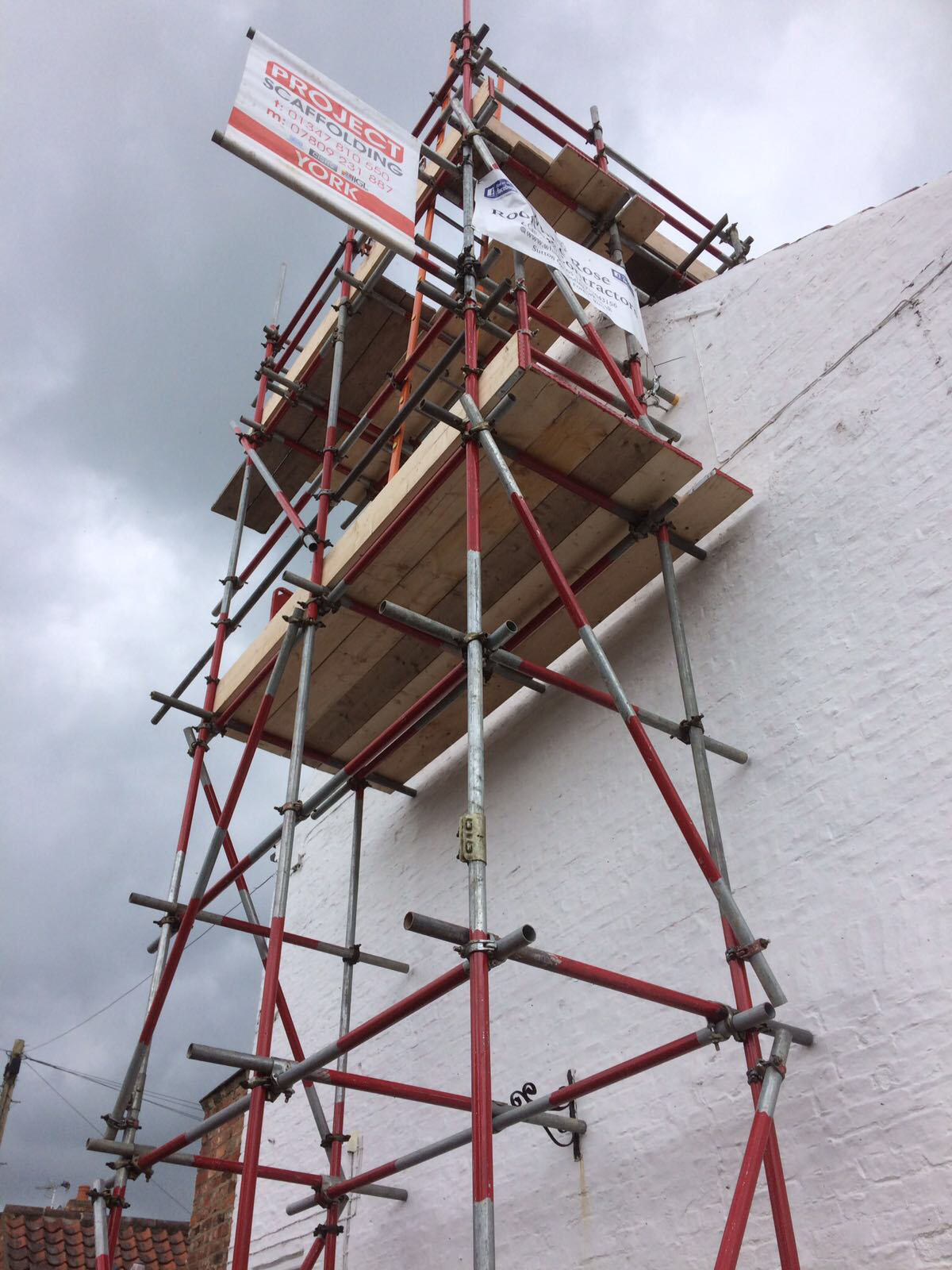In the world of construction, commercial scaffolding is a vital support, supporting all aspects of towering buildings to intricate renovations. This essential tool not only delivers the required platform for laborers but also enhances the safety and efficiency of any construction endeavor. As the industry evolves, grasping the significance of commercial scaffolding is vital for builders, architects, and project managers alike.
Industrial scaffolding is much more than just a transitory structure; it is an important part of the construction process that facilitates access, enhances safety standards, and improves overall workflow. Different types of scaffolding serve different projects, and understanding which system to implement can significantly influence the success of a venture. As we dive into the multiple facets of commercial scaffolding, from safety regulations to construction logistics, we will discover how it transforms buildings and why it is indispensable in contemporary construction. ###
Commercial scaffolding is a short-term structure designed to hold up personnel and supplies during building, renovation , or upkeep of business buildings. It guarantees safety and accessibility while offering the necessary platform to reach elevated areas. Without scaffolding, many construction tasks would be significantly more challenging and dangerous , as standard ladders may not be adequate for larger projects. The use of commercial scaffolding is critical not only for effectiveness but also for maintaining the stability and safety of the job site.
Different types of scaffolding are used in commercial projects, each customized to meet particular needs. For instance, frame scaffolding is frequently used for lower buildings, while suspended scaffolding is perfect for high-rise structures where workers need to travel up and down. Other types, such as rolling scaffolds and system scaffolding, provide flexible solutions for various construction environments. Understanding the correct type to use is crucial for optimizing safety and productivity on the job site.
Safety regulations play a vital role in the implementation of commercial scaffolding. Compliance with OSHA regulations guarantees that scaffolding systems are constructed and maintained correctly, minimizing hazards. Regular safety inspections and scaffold training for crew members are necessary to prevent accidents and injuries. A well-planned scaffolding setup not only enhances job site safety but also adds to the overall success of the business project, facilitating for efficient workflow and reducing downtime.
Protection and Adherence in Scaffolding
Ensuring safety and compliance in scaffolding is crucial for any industrial project. The OSHA specifies particular guidelines that regulate the application of scaffolding in construction. These regulations are created to protect employees from likely hazards such as slips, which are one of the leading causes of injuries on job sites. Adherence with OSHA guidelines ensures that scaffolding is constructed, kept, and utilized properly, ensuring a protected working environment for everyone involved.
Routine security inspections are essential to uphold these guidelines. Commercial Scaffolding In Paddock Wood should be performed before the start of each work shift and after notable storms or shifts in site conditions. Examiners must verify for structural integrity, confirming that all components are in good condition, correctly put together, and supplied with essential safety features. Recognizing common hazards such as unsecured connections, insecure foundations, or lacking guardrails during these inspections helps mitigate risks and contributes to overall job site safety.

Training is another crucial aspect of scaffolding safety and adherence. Team members must be adequately trained in best practices for scaffold use, including assembly, disassembly, and safety measures. This training should include the ability to recognize how to spot hazards and the importance of adhering to safety protocols. By emphasizing effective training and ongoing education, companies can promote a safety-first culture that not just protects their staff but also improves productivity and success of projects.
Scaffolding Options for Various Undertakings
Commercial scaffolding plays a critical role in accommodating the various needs of different construction projects, from high-rise buildings to remodels. Each type of project requires a customized approach to scaffolding to ensure safety, effectiveness, and compliance with regulations. For example, tall projects may utilize modular scaffolding systems that can be easily adapted as the building height grows, whereas renovations might benefit from specialized scaffolding solutions that allow workers to access hard-to-access areas without jeopardizing the stability of current structures.
In commercial and office builds, the scaffolding must be constructed to minimize disruption to daily operations. This frequently entails using equipment that can be installed quickly and removed just as swiftly, while still providing the adequate access for workers. Additionally, scaffolding for venues such as stadiums and schools requires careful planning to create safe access points without disturbing with public areas. The flexibility of scaffolding designs allows contractors to meet the unique challenges posed by every project, ensuring that safety and efficiency stay a priority.
Finally, when evaluating industrial versus commercial scaffolding, it is essential to recognize the specific demands of both sector. Industrial projects may require heavy-duty scaffolding to support larger equipment and materials, while business projects often focus on visual considerations alongside functionality. Understanding these variances allows project managers to choose the best scaffolding solutions that not just meet project requirements but also uphold safety standards, emphasizing the importance of professional scaffolding services in the construction industry.
